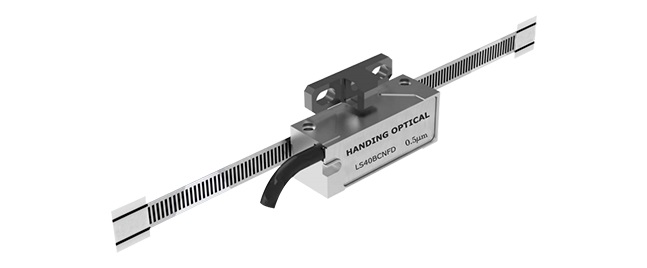Exploring various types of linear scales

introduce:
Scales are essential components in a wide variety of industries and applications where precise measurement of linear displacement is required. In this article, we’ll take an in-depth look at the different types of encoders, including linear encoders, exposed linear encoders, and open optical encoders. Whether you’re new to the field or looking to expand your knowledge, this guide will give you a thorough understanding of these essential devices.
1. Linear encoder:
Linear encoders are widely used in machinery, manufacturing and automation industries. They use various techniques such as optical, magnetic or capacitive to accurately measure linear displacement. A linear encoder consists of a scale and a read head. A scale is usually made of a strip with graduations evenly spaced, and a read head detects the position of these graduations. This information is then converted into precise position or velocity data.
2. Exposed linear encoder:
An exposed linear encoder is a linear scale that provides high accuracy and reliability in a variety of applications. As the name suggests, these encoders have exposed scale and are suitable for use in harsh or dirty environments. They are designed to keep out dust, debris and coolant, ensuring accurate measurements even under harsh conditions. Exposed linear encoders are commonly used in machining operations, CNC machines, and other industrial applications.
3. Open optical encoder:
Open frame optical encoders utilize non-contact optical sensing technology to measure linear displacement. They consist of a scale with alternating opaque and transparent lines and a readhead. As the scale moves, the readhead detects changes in light intensity caused by transitions between opaque and transparent lines. Open frame optical encoders provide high resolution, fast response and excellent repeatability. These characteristics make them ideal for applications such as robotics, medical equipment, and semiconductor manufacturing.
in conclusion:
Linear encoders, including linear encoders, exposed linear encoders, and open optical encoders, have revolutionized many industries by enabling accurate and precise linear displacement measurements. Whether for industrial automation, high-precision machining or robotics, understanding the different types of encoders is critical to choosing the option that best suits your needs. By considering factors such as environmental conditions, accuracy requirements, and application constraints, you can ensure optimum performance and reliability.
Post time: Jun-16-2023







